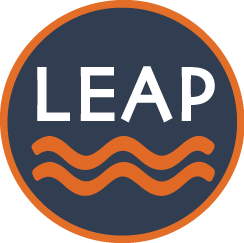I have been awestruck by the past four weeks of guiding folks down the river. Each night as I lay in my boat, I look up at the Big Dipper (the only constellation I know) and feel an overwhelming sense of gratitude — gratitude for the people who have opened their lives to me each week, gratitude for the river and what it teaches each of us, gratitude for the incredible team I have the privilege of working with, gratitude for the wilderness and the people who protect and cherish it, gratitude for the entire experience. This river has been a happy place for me for several years, but I’ve previously only had four days a year to learn from it. Now I have the beautiful privilege of sharing this place with others, particularly others who seldom encounter the raw wilderness.
Each group we’ve paddled with has presented unique challenges, lessons, and gifts. These past two weeks I was lucky to connect with some incredible young people who re-learned what it means to be a kid — to play, to laugh, to live without cares. I can’t explain what it is, but the river unlocks an innocence in people. The river teaches us humility as we enter each rapid, unsure of exactly how we will come out the other side but trusting that we will (in or out of our boat). So too life is unpredictable in its rapids, but we can trust that we will come out the other side one way or another.
On my final night on the river, I listened to teens who have faced challenges I can’t pretend to know declare their worth to the group. “I am strong.” “I am brave.” “I’m a fighter.” “I am a scholar.” “I am confident.” “I am beautiful.” I can’t always be sure of how these kids are feeling as they take a swim or enter a rapid, but hearing the participants affirm themselves brought tears to my eyes. I am so incredibly grateful for the vulnerability of every participant I met this summer. Thank you for allowing me glimpses of your lives in this beautiful sanctuary of transformation. I can only hope to encounter some of you again, but know that you have touched my life as I know the river has touched yours.
-Carly
2017 LEAP Guide
